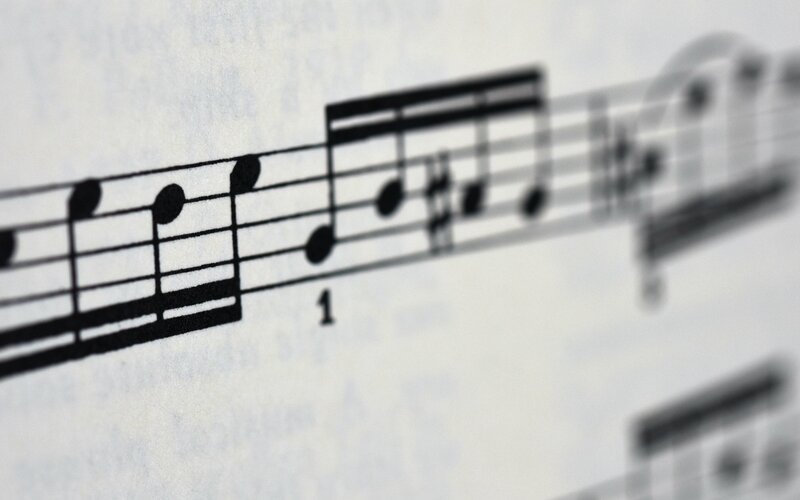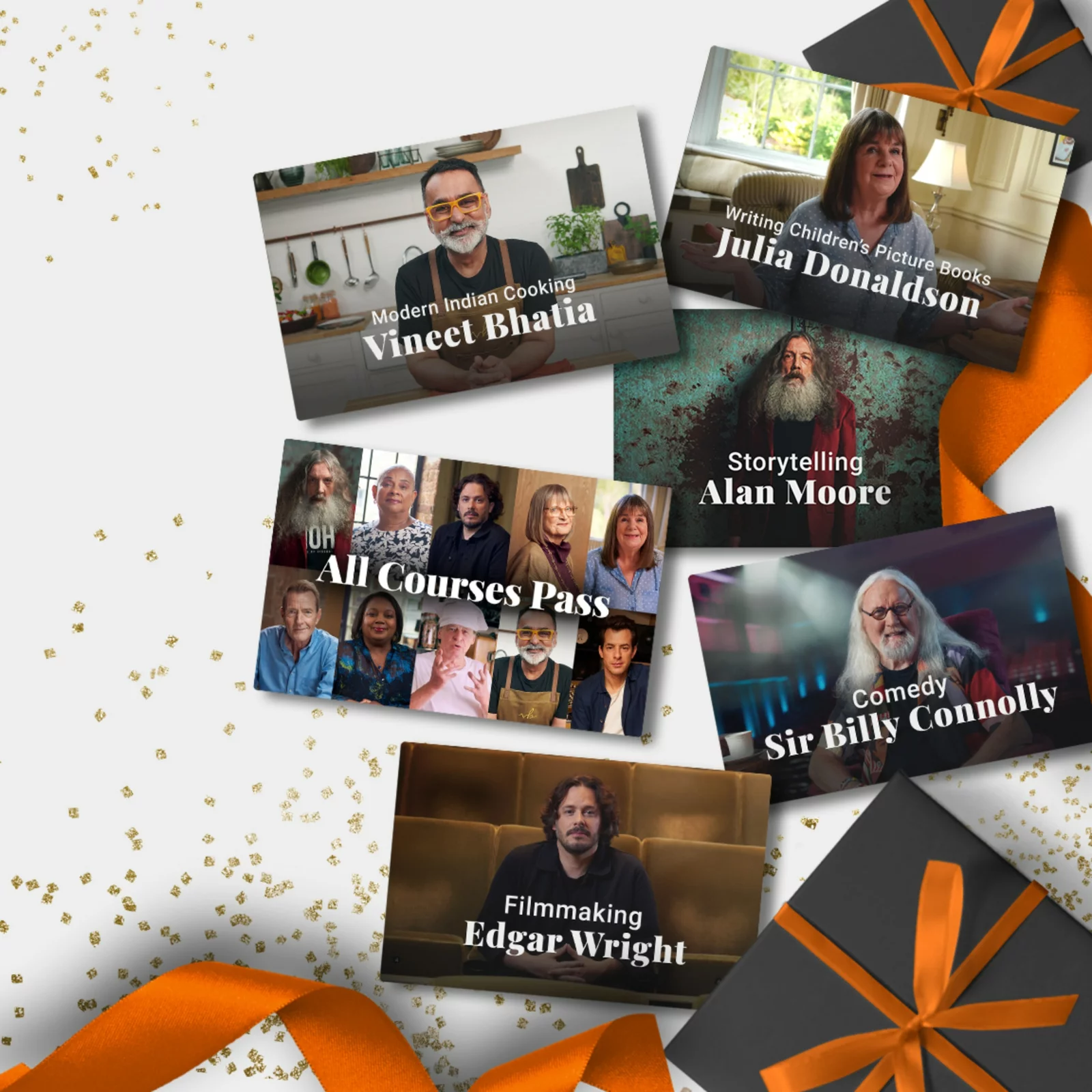
What is a metronome?
By BBC Maestro
You may have heard people refer to something as being “like a metronome”. Or you might have seen a metronome being used when making music.
But what is it, exactly? Why is it used? And how can you use it to become a better musician? Read on to find out.
What do we mean by metronome?
A metronome is a device that makes a click sound at regular intervals, based on the beats per minute (BPM) to which it's set.
Original metronomes are mechanical devices with a pendulum that swings back and forth to produce this clicking sound. Today’s metronomes are more advanced. Now you can use an app or an online metronome, and you’re not limited to a clicking sound – you can choose from a variety of different noises depending on your preferences.
Metronomes have been around for centuries. The inventor, poet, astronomer and musician, Abbas ibn Firnas, who lived between 810 and 870, invented a type of metronome, but they weren’t specifically used as a musical device until 1815.
That’s when German inventor Johan Maelzel patented his wind-up metronome, using the title ‘Instrument/Machine for the Improvement of all Musical Performance, called Metronome’. These mechanical metronomes were used until the invention of electronic metronomes in the 20th century.

What can a metronome provide?
Musicians use metronomes to help improve their timing, ensuring that they stick to a consistent beat and don’t play too fast or too slowly. Essentially, a metronome ensures musicians play to the correct tempo for that particular piece of music.
In case you aren’t familiar with the term, tempo is the speed at which a song is played, and is measured in beats per minute. So you can have songs with a slow tempo (generally between 60 and 76 BPM), a medium tempo (76 to 120 BPM) and a fast tempo (120 BPM or faster).
There’s no one particular type of song or genre of music that dictates the tempo of a song. A love song doesn’t need to be slow-paced – it could have a fast tempo – while a rock song could have a low BPM, rather than the fast pace you might expect.
Some songs with a slow tempo include:
- Leonard Cohen’s Hallelujah (56 BPM)
- Landslide by Fleetwood Mac (72 BPM)
- Harry Styles’ Sign of the Times (60 BPM)
Examples of medium-tempo songs include:
- Take That’s Shine (90 BPM)
- Uptown Funk by Mark Ronson and Bruno Mars (115 BPM)
- Scissor Sisters’ I Don’t Feel Like Dancing (108 BPM)
Some famous fast-tempo songs are:
- Calvin Harris’ Ready for the Weekend (138 BPM)
- Sultans of Swing by Dire Straits (149 BPM)
- The Beatles’ A Hard Day’s Night (139 BPM)
Beats per minute simply refers to how many beats happen in a minute. A slow-tempo song with 60 BPM, like Sign of the Times, has 60 beats per minute and every beat is one second long.
A faster song, like Uptown Funk, has a tempo of 115 BPM, which means that there are 115 beats every minute, so the beats are faster than a second each (around 0.52 seconds per beat).
A metronome, then, helps you to ensure you’re playing or singing at the right BPM. It does this by making a click, or another sound, at regular intervals, and you can choose the timing of those intervals.
Most musicians will choose from one of the following intervals:
- Quarter notes: This means that the metronome will click with every quarter note. In the 4/4 time signature, one click of the metronome indicates one quarter note, and four clicks constitute a full measure.
- Eighth notes: An eighth note is a musical note that lasts for one eighth of the full note, and lasts for half a beat. Two eighth notes are equal to one quarter note.
- Dotted quarter notes: Sometimes in a piece of music, you’ll see a dot written after a note. That adds a half beat to the dot’s original value – so a dot after a quarter note adds half a beat, which is a half of the original value of the note. A dotted quarter note, therefore, equals one and a half beats. You can set a metronome to click on the dotted quarter notes.
How are metronomes used in music?
Metronomes are used by a wide range of different people in the music industry, from beginner musicians who want to learn to play their instrument at the right speed, to singers, as well as composers and music producers.
Metronomes can be used either as a practice tool, or as a recording tool.
When used as a recording tool, metronomes are usually called a ‘click track’. They’re often used in multi-track recording when there are lots of layers to the song, making sure that all the individual parts of the song sync up when they’re layered together.
Click tracks are also used when producing films as well, as the music must be perfectly in sync with each frame of the film.
When it comes to practising, metronomes are useful for a variety of reasons. They can:
- Help you to develop better musical timing
- Ensure your focus stays on the beat, so you stay in sync
- Enable you to keep on top of tempo changes if the song suddenly speeds up or slows down
- Over time, help you to better estimate what speed a track is played at
As well as using metronomes in practice sessions, bands often use them when playing live to ensure that all the instruments are playing at the same speed, even if they’re standing at opposite ends of the stage.

How to use a metronome
So, now you know what a metronome is and why they’re used, it’s time to find out how to use one in your own music practice!
First things first, you need to get hold of a metronome. It’s up to you whether you choose a traditional mechanical metronome that clicks, opt for an electronic metronome that has a choice of sounds, or go for a metronome app.
You should then decide on the interval measure you want the metronome to click on, whether that’s quarter notes, eighth notes or another measure. This will depend on the time signature of the piece of music you’re playing.
Then, you should decide what tempo you want to start with. It’s easiest to start with a slower tempo, so consider beginning with 60 BPM – and once you’ve mastered that, you can build up to faster beats.
Once you’ve got that all set up, it’s a case of playing a piece of music, using the metronome to ensure you’re playing at the right speed, and hitting the right notes at the right times to get the rhythm.
It’s best to practice playing the piece of music first without the metronome, just familiarising yourself with the notes. Once you know what notes need to be played, and in what order, it’ll be easier to play it at the right rhythm.
Then, once you’ve got a feel for it, start the metronome and listen to it for a few seconds before playing. You might find it helpful to tap along to the beat with your hand or foot.
Start playing along, with the metronome set to a slow tempo. Once you feel comfortable playing the piece of music at a slow speed, you can increase the tempo on the metronome by 5 or 10 BPM, and try to play it again faster. Keep increasing the speed on the metronome until you’re able to play the song at its correct speed.
Using a metronome is a simple but effective way to improve your musical ear and learn how to keep time when playing a song.
If you’re interested in learning more about how to make music, take a look at our courses from some of the best in the business. Mark Ronson’s Music Production course will take you through his entire process as a producer and musician, while Gary Barlow’s course on Songwriting shares everything he’s learned about songwriting over the course of his career.
FREE video lesson: Finding the right mic

Give the gift of knowledge
Surprise a special someone with a year's access to BBC Maestro or gift them a single course.